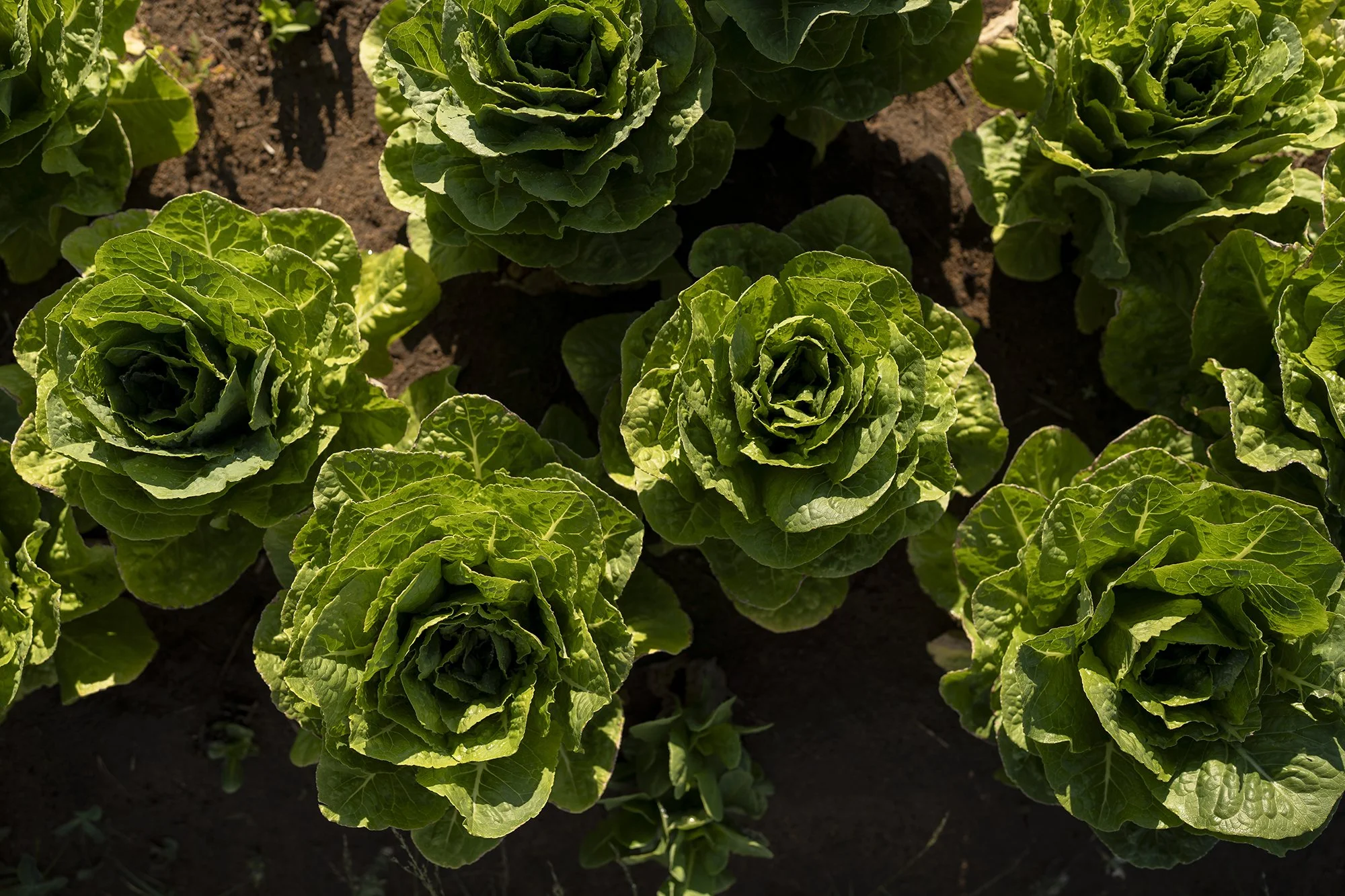
Backing the Hands That Feed
Rooted in Regeneration
Backing the hands that feed, any way they need.
At Farmhand, we don’t offer one kind of help.
We show up with an emergent system:
Three core programs of support that strengthen our region’s regenerative food system.
For generations, Indigenous peoples across the Americas have planted corn, beans, and squash together, a practice known as the Three Sisters. This method is more than agriculture—it’s a teaching about interdependence. Each plant gives what the others need: corn provides structure, beans enrich the soil, and squash offers protection. Together, they yield abundance and resilience.
Farmhand’s three programmatic areas reflect the same wisdom. Each is vital on its own, but only in relationship they help farmers build resilient farms, livelihoods, and communities.
Farmers Prosper
We’re steady partners, offering practical, innovative, community-based support—from regenerative organic transition support to technical assistance, leasing options, and writing grants. By easing labor stress, strengthening resilience, and fostering community ties, we help ensure prosperity is rooted in true profit, in well-being, relationships, and thriving local food systems.
Thriving Ecosystems
The heart of our ecological stewardship is focused on cultivating soil, plant, and animal health across Moon + Oaks Farm and beyond. Through on-farm experimentation, technical assistance, and collaborative research, we support farmers transitioning to organic practices and regenerative methods. Central to this work is our Community Resilience Metrics initiative, which will quantify and track ecological change, health of our soil, biodiversity, water, and food systems over time.
Regenerative Markets Expand
At Farmhand, we partner with small to mid-scale farms to help build steady demand for regenerative agriculture while opening strong markets for products in transition. We view organic transition as an important first step toward fully regenerative practices. Along the way, we offer practical support—financial, technical, logistical, marketing, messaging, and hands-in-the-dirt—so farmers can stay focused on what they do best: farming.

In the Ventura County Watersheds, streams tumble down from the Topa Topas, meeting in the Ojai Valley before flowing toward the sea. This land knows what it is to gather forces, to take many small sources and make them one strong current.
Farmhand stands in that same confluence. Here in Ojai, citrus ranches meet avocado groves. Generations-old families meet first-generation farmers. Chumash knowledge meets new regenerative practice. The dry heat of summer meets the green surge of winter rains.
We bring these currents together: Ventura, Fillmore, Ojai and more,conventional and organic, farmer and neighbor, not to erase their differences, but to let their strengths braid.
Alone, a single source can fade. Together, streams cut canyons, carry nutrients, carve new paths.
Our work is local by necessity. Because resilience is built in place, with the people and waters that belong to it. The Ventura County Watershed is a literal meeting of waters and a metaphorical one; a reminder that when we join what’s separate, the whole valley flows stronger.
Farmhand
We Back The Hands That Feed




